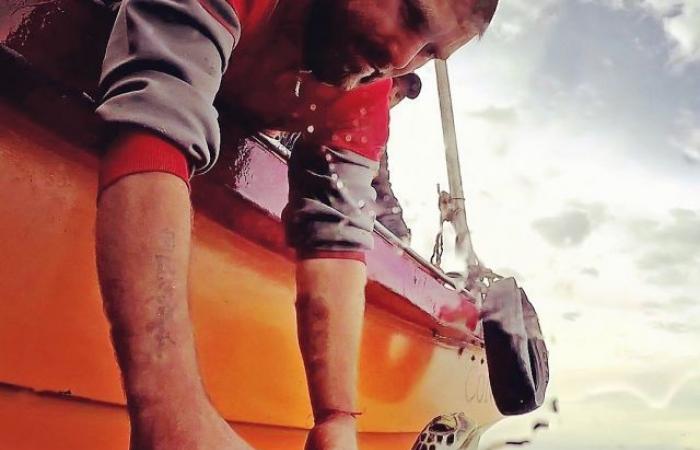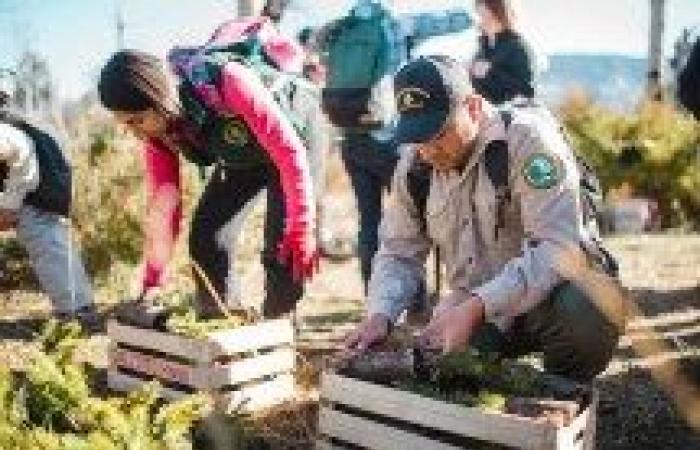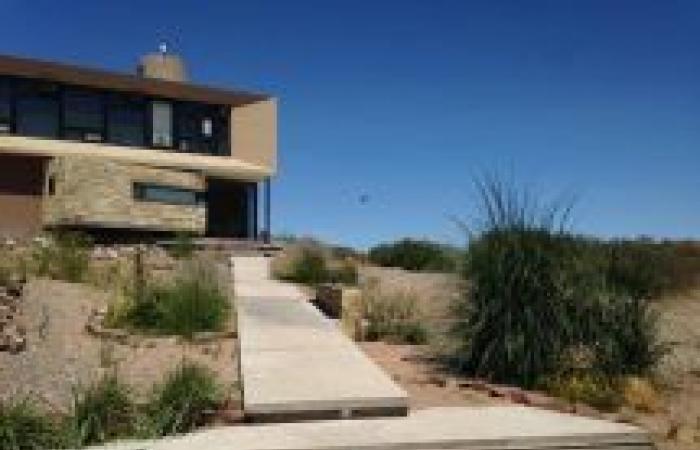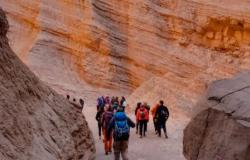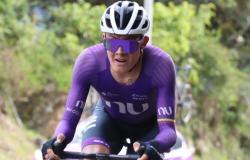There are 7 species of sea turtles in the world, and today is World Day dedicated to raising awareness about their conservation because the majority are in danger. Three of them, the green turtle, the bighead, and the leatherback, reach the coast of Argentina. A serious problem they face is that they often get trapped in fishing nets. Two students studying information systems engineering at the National University of the South, in Bahía Blanca, province of Buenos Aires, decided to look for a solution. to reduce animal deaths.
Two students studying information systems engineering at the National University of the South, in Bahía Blanca, province of Buenos Aires, decided to look for a solution. to reduce animal deaths.
“Sea turtles are approaching the coasts of Argentina. They come more to the southern area of the province of Buenos Aires, but they also move towards the coast of Río Negro in search of food,” he told RIO NEGRO Diary, Sergio Andrade Colombani, born in Bariloche.
Together with Javier Fernández Tierno, the young man developed a cell phone application as part of his final thesis. To do it, They took into account the concern of the Southeast Sea Turtle Research and Rehabilitation Group that operates at their university and is known as “Quelona.”
Thus, they used their knowledge acquired during engineering classes and devised the application that, even without a signal, can record the geographical location, date and time when a turtle is trapped in fishing nets.
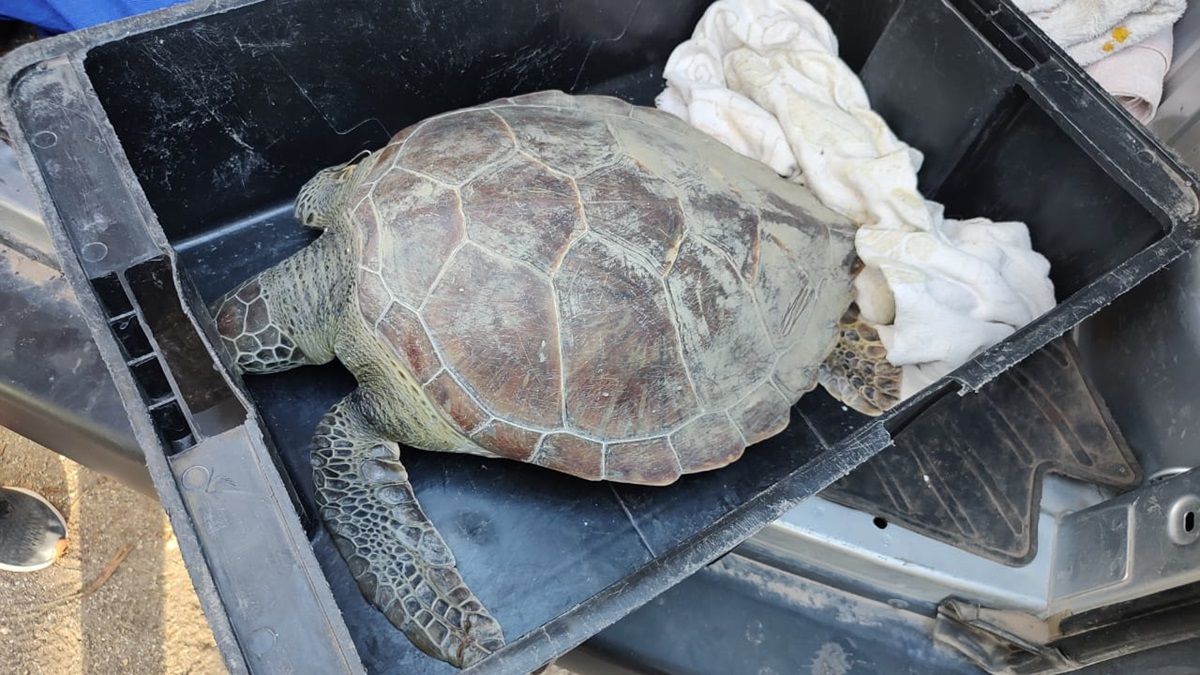
“We wanted to do something during our thesis that wasn’t just archived. We made an application that consists of three parts. One is the mobile part for the cell phone, with a simple design so that it does not interrupt the daily work of the fishermen, who wear gloves. They can open the app and press a button. In this way, they send the data to register the turtle trapped in the net,” she explained.
“The second part is a database that stores the information. The third is the part used by researchers who compile data for their studies on turtles,” added Andrade Colombani, who during his childhood went to School No. 187 “Ada María Biedma” and the Don Bosco School, in Bariloche. .
In addition to the application, they created a website to access and manage the registered information, to which other types of records will be added to promote scientific research.
The thesis, which is titled “Information Management in the Recovery of Sea Turtles”, was carried out under the direction of doctors Martín Larrea and Luciano Tamargo.
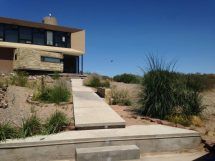
The application is now finished and delivered to the Quelona Group. It was developed with a free use license. In the future, it could be used to track other species and other tags that require a GPS position.
“Our idea was to develop an application that contributes to the conservation of sea turtles,” he emphasized. the young man. He has already graduated and works for a private company that is dedicated to the development of software for education.
The dream
The young people now hope the app will be widely adopted by local fishermen and conservation groups. This would help the conservation and sustainability of sea turtles and other species.
For Lucrecia Díaz, a member of the Quelona research and rehabilitation group, the application “is an incredible leap in quality. In almost 20 years we did it at will, randomly, because not all boats have GPS. This application will imply an abysmal change.”
From the records, the data of each specimen will be added and a mapping will be made. For the first time in the study area, the presence of macro, meso and micro plastics in the gastrointestinal content of the studied species will be identified and characterized.

Researchers hope that the data will serve to outline urban waste management and risk mitigation policies. The systematized data will allow defining the areas of most intense use by turtles, identifying areas and evaluating their spatial overlap with the degree of sewage pollution, maritime traffic, intensity of fishing activity, and areas with the highest rate of incidental entanglement,” they reported. it’s a statement.
The information from the application will allow us to develop hypotheses about possible risk factors for the health and survival of the species under study, and to develop good citizen practice protocols to improve the quality of the habitat.
The “Quelona” Center operates within the framework of the Department of Biochemical Biology and Pharmacy of the UNS in Bahía Blanca and is the only one officially enabled in a university in Argentina.
At the end of January 2023, a big-headed turtle rescued on the coast of La Baliza arrived at the “Balizita” Center, and named that way for that reason. After four days of rehabilitation and study, she was released on the coast of Villa del Mar.


